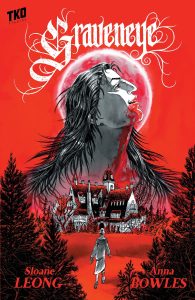
Graveneye
Script: Sloane Leong
Art: Anna Bowles
Publisher: TKO Presents
Release date: October 20 (digital)/November 30 (print)
Houses in horror are often portrayed as vessels for hauntings, repressed memories, and violent histories. In stories like Edgar Allan Poe's The Fall of the House of Usher (1839) or Shirley Jackson's The Haunting of Hill House (1959), the house can be reflection of a character's fractured or crumbling psyche. In Richard Matheson's Hell House (1971), the house stands as a kind of monument to perversion, haunted by a figure that give the structure no other choice but to contain depravity and torment within its walls.
In Sloane Leong and Anne Bowles' Graveneye, the house is the narrator. But not just that. It's a keen observer that shelters a bloodthirsty creature that alternates between human and monstrous forms to sate her primal hunger and her need to create macabre works of art. It's also one of the most breathtaking and haunting pieces of horror fiction of the year, destined to be the kind of book you talk about when contemplating the things that can be achieved with the genre within the comic book medium.
Graveneye follows a woman called Isla that lives with an insatiable and monstrous hunger that resides in a grand mansion deep in the woods. She hires a maid to look after the mansion, to care for it as she goes out on the hunt. The mansion comments on Isla's behavior and on what the new maid brings to the very identity of the space she shares with its owner, not by judging them but by making surgically lyrical observations on how they each shape and reshape the house.
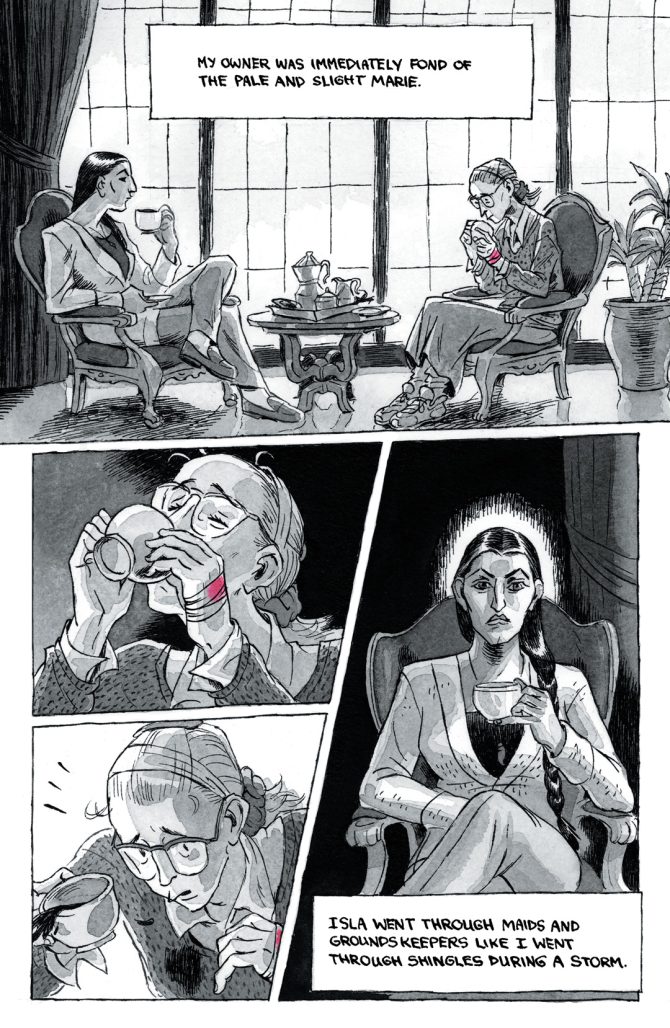
Graveneye
Leong's script is beautifully laid out with a persisting sense of sorrow and curiosity that doesn't overcrowd the pages of the story with overt sentimentality. The house views the people inside it as living stand-ins for houses themselves, as if people are destined to become extensions of their physical homes and vice versa. It reminded me somewhat of Clive Barker's description of people as books of blood given how everyone's story is always red when they're opened up, a description that appears in his classic short story collection Books of Blood (1984-1985).
The house's vocabulary takes advantage of its physical features to imbue the text with a poetic sensibility that also gives it a sense of age and experience. The mansion is its own character and the very tone of its language is what helps readers get acquainted with it.
Bowle's art is quite simply perfection. It embraces a kind of dark fairy tale aesthetic that reminds of Edward Gorey's own as the characters and the places they visit feel like they contain a multitude of experiences we should be fortunate we get a glimpse of. It's inviting and scary in a way haunted houses or haunted forests are. There's always something hiding behind each stroke of the pen and discovering everything is a rare treat that would bring me back key pages.
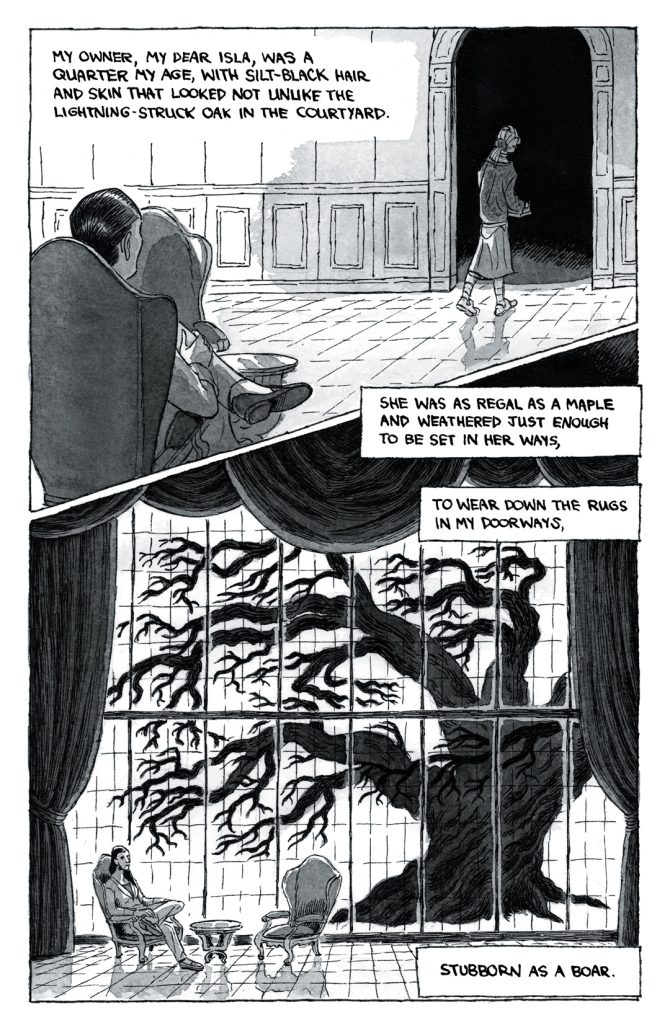
Graveneye
The book's presented in blacks, greys, and whites with reds occasionally being used to accentuate either specific character moments or terrifying revelations. There's a particular double-page spread in the book where we can fully appreciate the effects of this color palette in which the angle is pushed way back to get an inside look at the house and the character's movement through it. A brilliant use of reds to build on one of the character's perspectives guides the action on the page, gracefully insisting you take your time in each room.
Leong and Bowles have crafted an unforgettable piece of horror fiction that easily stands as one of the best of the year. Like the mansion in the story, Graveneye offers readers multiple doorways into its narrative. They each carry a forbidden sense of danger to them, as if you were intruding on a life that's excruciatingly private. And yet, the invitation to intrude is there, and you should.
Here's a preview of Graveneye from TKO Presents:
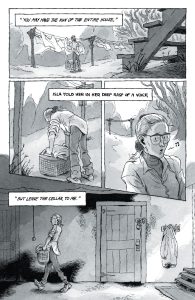
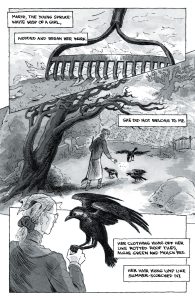
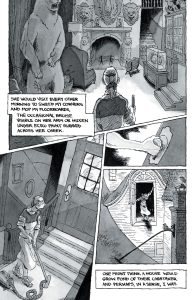
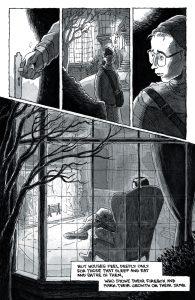
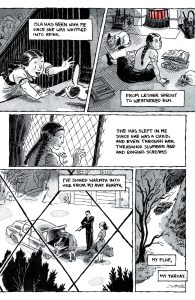
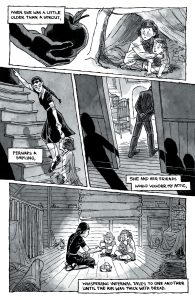
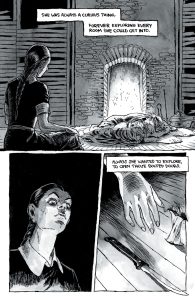
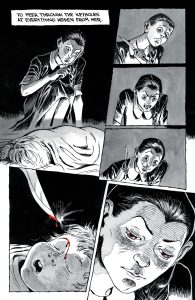












No comments:
Post a Comment